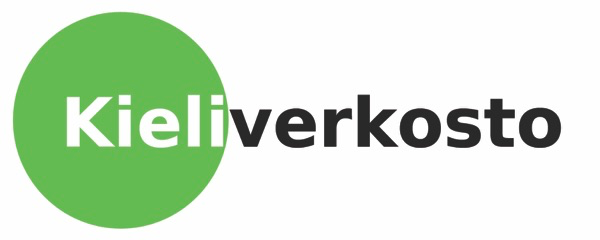Today, Leon is 4,5 years old and lives in Finland with his parents and his younger sister. Leon communicates with his Belgian deaf father in VGT. With his mother, who is Finnish and hearing, he speaks Finnish. At home, Leon’s parents communicate with each other mainly in FinSL even though spoken English is also used depending on the topics they talk about and especially the circumstances they are situated in. When the family sits together around the table for dinner, for example, the communication is mainly in FinSL. But in practice, it can be seen that Leon easily switches between VGT, FinSL and Finnish depending on the topic he wants to share or to whom he wants to talk to. When his younger sister was still a toddler, Leon mainly signed in VGT to her but nowadays he talks with his sister in Finnish. Occasionally, Leon’s utterances show both code-mixing, such as mixing VGT and FinSL, and code-blending by using his hands while speaking or using his voice while signing. However, Leon knows what language and modality to use when he communicates with his father, mother and his younger sister.
All the relatives of Leon’s father are from Flanders, Belgium. Leon’s Belgian grandparents, uncle and aunt are also deaf and they all communicate with Leon in VGT. Leon’s nephew and niece are both hearing and are bilingual Dutch and VGT, and they communicate with Leon in VGT because they do not have a common spoken language (i.e. Finnish for Leon and Dutch for his niece and nephew). Leon understands Dutch passively because of other hearing relatives in Belgium, yet very few in number, but doesn’t speak Dutch actively apart from few words. The Finnish relatives of Leon’s mother are hearing with whom Leon communicates only in spoken Finnish.
Leon’s parents have both hearing and deaf friends. In spoken language environments, Leon communicates in Finnish. In signed language environments, Leon knows that sign language is used when he is around parent’s friends who are signers, but the use of VGT and FinSL are frequently mixed in these situations. As for the kindergarten, Leon went to Finnish-speaking kindergarten for 1,5 years. Since the age of 4, he’s been going to an English-speaking immersion kindergarten. Leon communicates mainly in Finnish with his friends in the kindergarten and in the neighbourhood. When he plays with hearing children of deaf parents, they communicate in spoken Finnish or may sign FinSL depending on circumstances.
Danny De Weerdt is Leon’s father. He completed his Master’s degree in Finnish Sign Language at the University of Jyväskylä. He is currently a PhD student and a university teacher at the Sign Language Centre in University of Jyväskylä. Leon’s mother, Leena De Weerdt, gained her Master’s degree in Teacher Education at the University of Jyväskylä specialising in English and CLIL-education (Content and Language Integrated Learning) and works currently as a teacher in bilingual Finnish-English immersion school.


